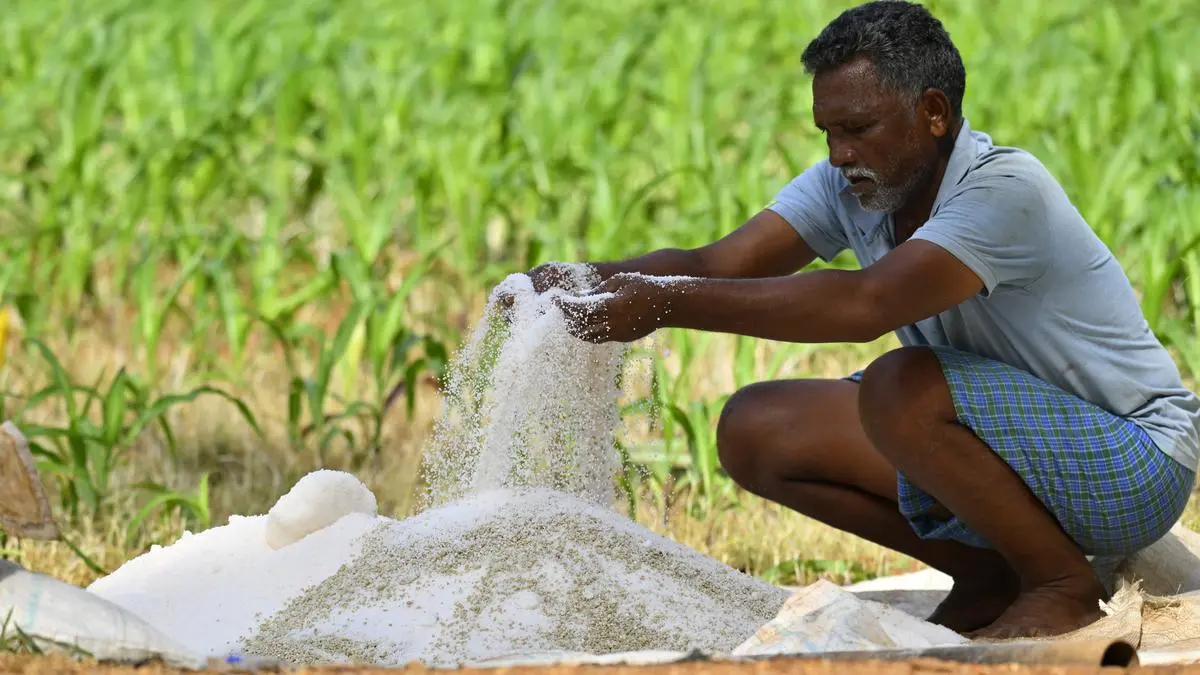By Parashram
Copyright thehindubusinessline

The Government’s ambitious plan to double farmers’ income has been at the centre of agricultural policy debate in recent years.
Yet, data show how steep the challenge remains. A joint report by the OECD and ICRIER (2018) observed that gross farm revenues contracted by nearly 14 per cent between 2000 and 2016.
The same study noted an even sharper decline of around 6 per cent annually between 2014 and 2016.
Meanwhile, NABARD’s All India Rural Financial Inclusion Survey (2016–17) estimated that the average monthly income of a farm household was just ₹8,931. Such modest earnings have translated into widespread agrarian distress—rising indebtedness, weak access to financial services, and inadequate risk cover.
The central problem is not a lack of production, but the poor price realisation farmers receive for their output.
NITI Aayog’s prescription
A NITI Aayog discussion paper (Chand, 2016) laid out multiple pathways for income enhancement: boosting productivity, using resources more efficiently, lowering production costs, diversifying towards high-value crops, ensuring remunerative prices, and enabling labour shifts to non-farm activities.
Challenges ahead
Execution, however, is the hardest part. Agriculture is a state subject, which limits central intervention. Land, water, and energy resources are increasingly scarce, while landholdings continue to fragment. Rural infrastructure—from farm-gate storage and logistics to processing facilities—remains underdeveloped. Climate change has added a further layer of uncertainty by destabilising yields.
The export edge
Exports offer one of the clearest opportunities for higher incomes. According to the Directorate General of Commercial Intelligence and Statistics (DGCI&S), India’s farm and allied exports rose to $51.19 billion in FY 2024–25, more than double the $22.70 billion recorded in FY 2013–14. Schemes such as One District–One Product have identified 106 products from 103 districts with global market potential. By linking farmers to export supply chains, the policy focus shifts from subsistence cultivation to agri-entrepreneurship. Value addition, compliance with international quality standards, port competitiveness and branding can help farmers capture better margins.
Union Commerce Minister Piyush Goyal recently highlighted, India must aim to be among the world’s top five agricultural exporters. FAO data show India holding the 8th largest spot globally, well within the top ranks of agricultural exporters. Even with some declines, it has maintained this position. India is performing at a substantial scale. However, relative to global agri-trade, its 2.4 per cent share suggests there is significant room to grow. The modest share also implies that many Indian agricultural products are not yet deeply integrated into higher-value or specialised export markets, or are facing challenges such as quality, logistics, trade barriers, or policy restrictions. Every region of the country has produced with export potential, and competitiveness in global markets could be the decisive factor in lifting domestic incomes.
Way forward
Doubling farmers’ income requires a twin-track strategy: raising productivity and value addition domestically, while embedding Indian farmers more deeply into international markets. Infrastructure investment, growth in allied sectors, digital agriculture, and farmer-centric business models must align with export-led growth. Achieving this goal is not just an economic target but a social imperative. If India succeeds in turning its cultivators into globally connected entrepreneurs, the ambition of doubling farm incomes could shift from aspiration to attainable reality.
The author is an agriculture economist
Published on October 4, 2025